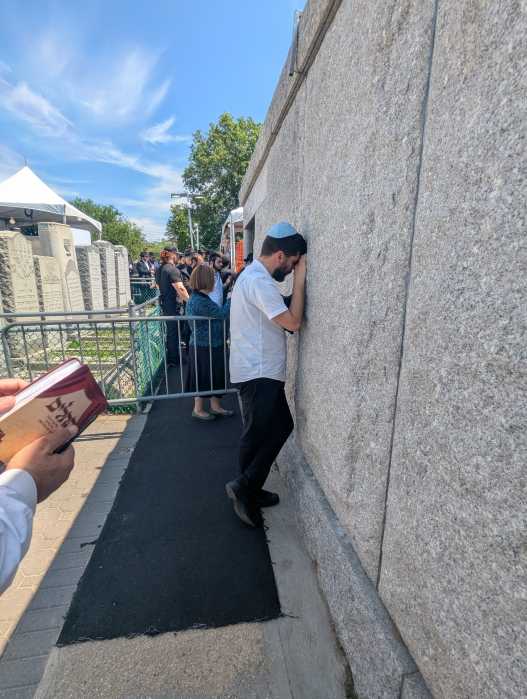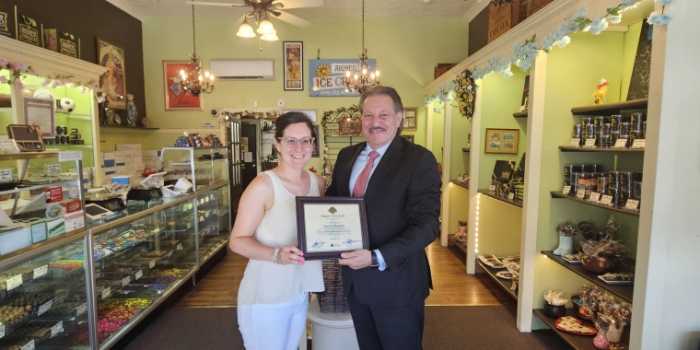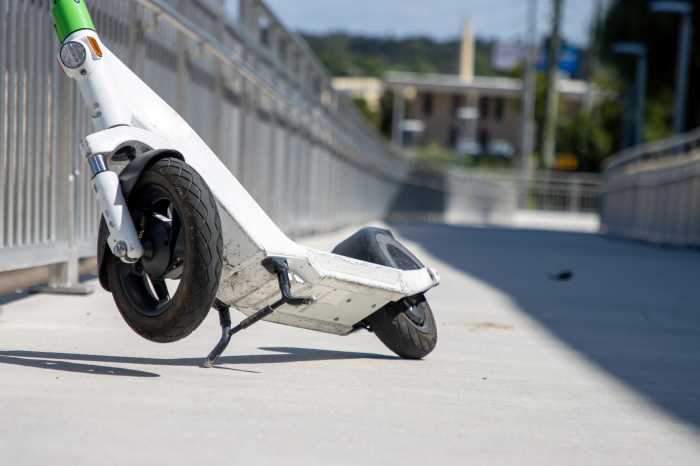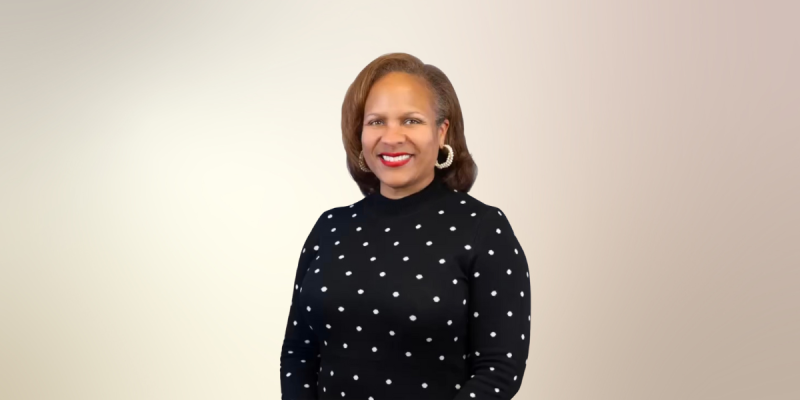By Alex Berger
Nonetheless, we can now all relax and await that solemn quadrennial event, the Presidential Inauguration on Jan. 20.
For more than 200 years now, despite bitter and hard-fought political campaigns, Americans have always enjoyed open elections that allowed the smooth and peaceful transfer of power from one president to the next. This is our democratic form of government.
The ceremony for this is really quite simple. The president-elect takes the oath of office as prescribed in the Constitution, and so officially becomes the next president of the United States.
It was here in New York City, our nation's first capital, that George Washington became our first President. Congress initially had planned for the new government to begin on March 4, 1789, but a harsh winter made travel difficult. It wasn't until April 6 that enough congressmen arrived to count the electors' votes and announce: “Whereby it appears that George Washington, Esq. was unanimously elected President – and John Adams, Esq. was duly elected Vice President of the United States of America …”
The first Inauguration Day, April 30, 1789, began with the sounds of ceremonial artillery and church bells ringing across the city. Both houses of Congress were assembled for the swearing-in. George Washington, with his right hand on a Bible, repeated the words inscribed in the Constitution: “I do solemnly swear that I will faithfully execute the office of the President of the United States and will, to the best of my ability, preserve, protect, and defend the Constitution of the United States.” President Washington added the words: “So help me God,” a custom followed by every President since.
The first inauguration gave rise to many traditions that continue today. Far example, President Washington followed his swearing-in with an Inaugural Address, a special speech written for the occasion. For Washington's second administration, the oath of office was administered by an Associate Justice of the Supreme Court, the first in a long line of Supreme Court Justices to preside over the Presidential Inaugurations.
Thomas Jefferson, the third president, was the first to be sworn in in Washington D.C., the location chosen to be the permanent capital (as a compromise between northern and southern states) and the site of all but a handful of inaugural ceremonies.
Jefferson traveled by foot to the Capitol for the oath-taking and then returned to his boarding house for dinner. But after his second inauguration, Jefferson rode on horseback from the Capitol to the President's House (the name then used for the White House) amid music and a spontaneous gathering of mechanics from the nearby Navy Yard – a procession that grew into today's Inaugural Parade.
Presidents have celebrated in many ways since George Washington danced the minuet after his inauguration. In 1789, James Madison (the fourth president) and his wife, Dolly, were the guests of honor at the first official Inaugural Ball. the inauguration of Martin Van Buren as the eighth president featured two balls, and President William Henry Harrison (ninth) held three to meet the ever growing demand for tickets.
Later inaugurations have featured specially built pavilions for dancing, balls held at several sites throughout the capital, and even inaugural parties in other cities. Modern inaugural festivities reflect not only the president they honor, but also the desire to include the many Americans who want to take part in celebrating our nation's rich history and the transfer of presidential power.
On April 30, 1789, only members of Congress were able to hear President Washington's inaugural address. Twenty years later, James Madison's speech was published in the newspapers for all to read. When James Polk took the oath of office in 1845 as the 11th president, Samuel Morse, inventor of the electric telegraph, sat near him on the platform tapping out the news on his miraculous machine.
It was 1857, the year James Buchanan became the 15th president, when the Inauguration ceremony was first photographed. Four decades later movie cameras recorded highlights of the inauguration of William McKinley (25th) giving viewers a new window into history. The year 1925 found Americans gathered around their radios to hear Calvin Coolidge (30th) take the oath of office, and in 1949, Harry Truman (33rd) became the first president whose swearing-in was televised. President Clinton's (42nd) second inauguration was the first to have an official we site and was seen live on the Internet by people around the world.
The Constitution is the supreme law of the United States, describing our country's three-branched, democratic system of government and the fundamental rights to which all citizens are entitled. Our nation's founders declared, “The executive Power shall be vested in the President of the United States of America,” and it provided the oath of office. This oath has remained unchanged for more than two centuries, in part because it so clearly and simply describes the responsibilities of the Chief Executive.
In 1817, James Monroe (fifth) became the first president to give an inaugural address to an assembled public crowd. Since that time, the traditional inaugural address has been an opportunity for the president to speak directly to the American people.
During the Civil War, President Lincoln (16th) called on Americans to “finish the work we are in, to bind up the Nation's wounds.” In 1933, during the Great Depression, Franklin Delano Roosevelt (33rd) reached out to the American people: “This great nation will endure as it has endured, will revive and will prosper.”
President Kennedy (35th) inspired a generation of young people when he urged in 1963, “Ask not what your country can do for you – ask what you can do for your country.”
And George W. Bush (43rd) after Chief Justice William Rehnquist swears him in?
Maybe he'll start off with, “I'd like to thank Florida …”


































